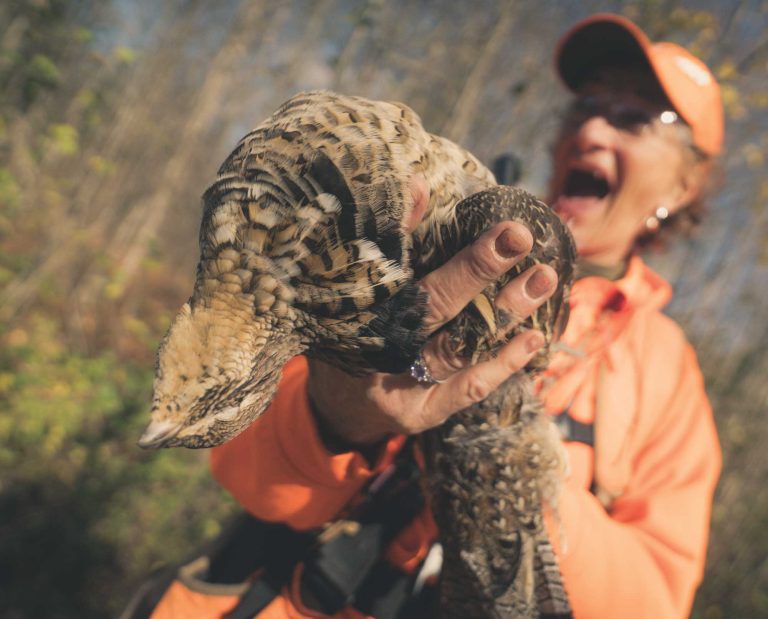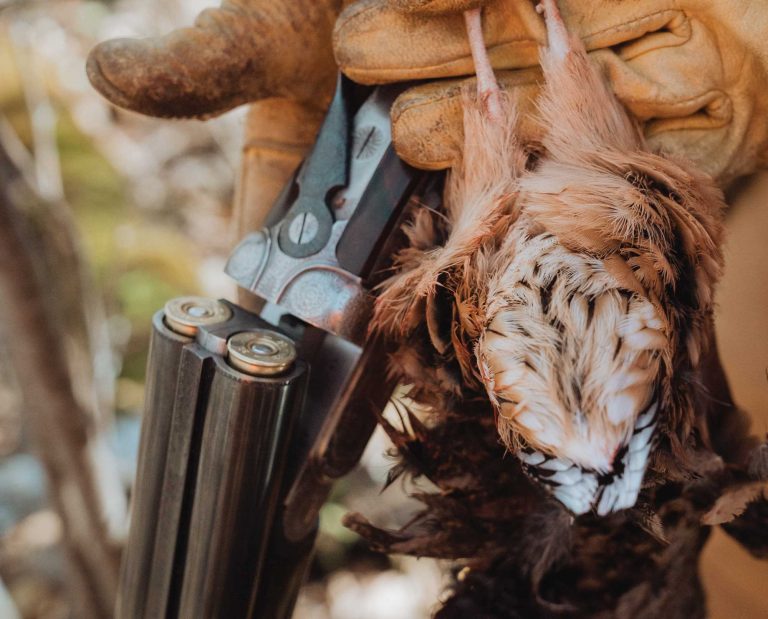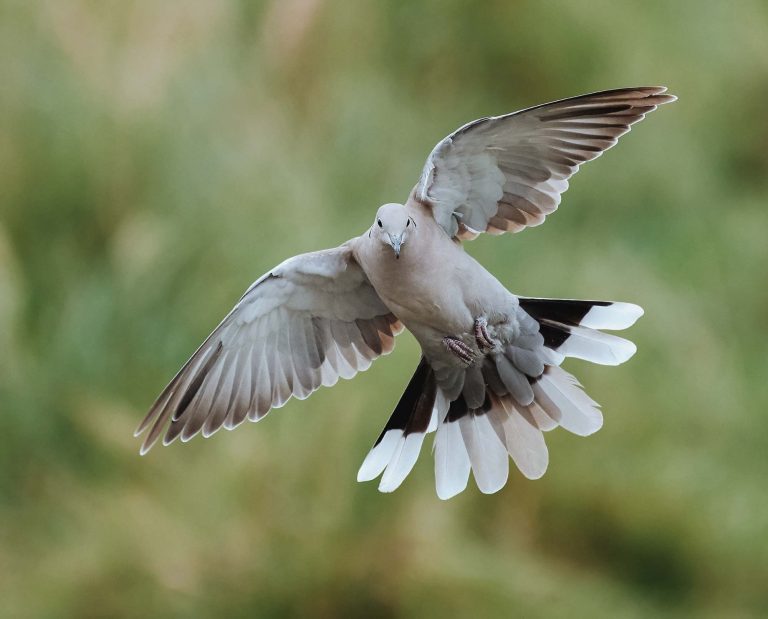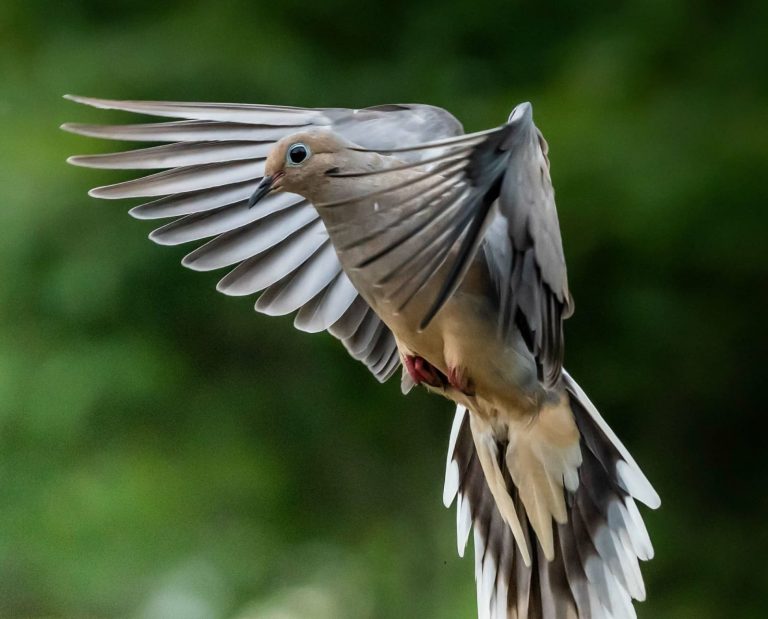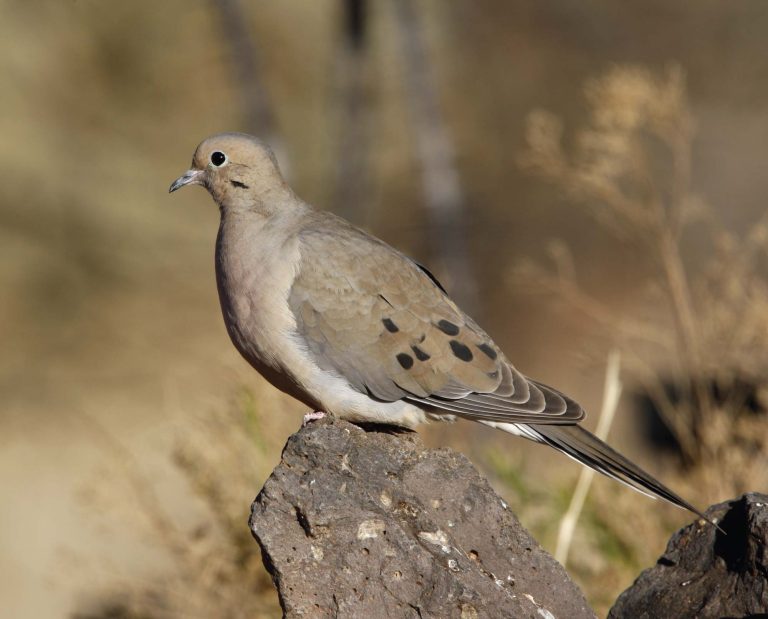Sora Rail Hunting on a Skiff
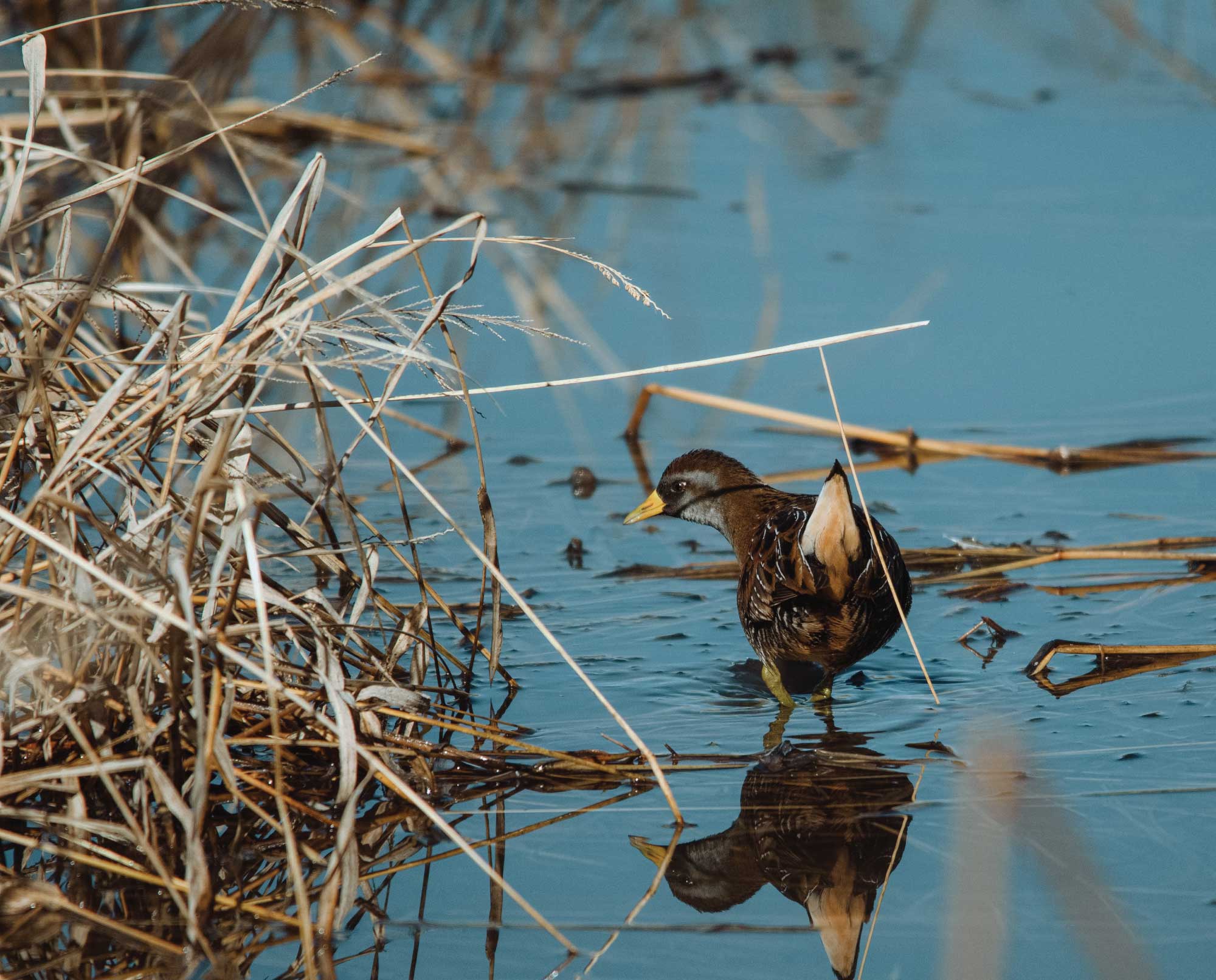
Sora rail might be one more reason to start this bird season earlier than usual
Despite its current claim to being the most densely populated state, New Jersey was once a land of opportunity for farmers, fowlers, and foresters alike. Early settlers had to rely on bent backs, hard work, and the providence of the land for survival.
As a result, the state is steeped in rural seasonal traditions dating back to the early settlers who found their way here. Seasonal events such as the spring runs of American shad up the Delaware River or the fall migration of waterfowl were important to those early settlers. Though not as commonly documented, one such seasonal occurrence concerns a small marsh bird called the Sora, or Sora rail.
Though not of the same genus as other rails, the Sora is of the same family, Rallidae, and inhabits marshes like many of its namesake. It is a generally earthen tone bird, though males sport yellowed beaks and distinctive black eye lines set on a head of slatey gray. Their long legs and toes, coupled with a downright diminutive body weight, help them wade on top of the mat of marsh foliage that they call home. Unlike their other rail cousins, the Sora’s diet consists mainly of grains as opposed to invertebrates and crustaceans, which makes them better table fare.
New Jersey contains a unique ecosystem—a freshwater tidal river marsh that supports stands of wild rice, which in turn makes an ideal habitat for the granivorous Sora. The Maurice (pronounced Morris) River drains portions of the Pine Barrens of Salem and Cumberland counties on its slow trek to the ocean. With headwaters at the confluence of Still and Scott Runs beneath Willow Grove Lake in Pittsgrove, the Maurice meanders its way into Delaware Bay close to the quiet hamlet of Port Norris.
The ride down from Sussex County, in the northern tip of the state, began promptly at 5 a.m. Sleep is a minor sacrifice when compared to the potential rewards of another day afield. I stopped at my father’s and then again in Metuchen to pick up another hunting partner who would accompany us. Rail hunting is a social event by nature. Rails have a propensity to run, and having several gunners in a line helps force them into the air. Additionally, the only means of conveyance through the flooded world of the Sora is by rail skiff.
The rail skiff is in essence a slightly wider, flat-bottom wooden canoe. Shallow in draft, and 14-16 feet in length, the rail boat is pushed or “poled” through the marsh by strong arms and a 16-foot wooden pole. The pole is in essence a pine hand railing, with a foot like an inverted, three-sided pyramid, allowing the bearer to gain purchase on the marsh bottom to push skiff and gunner through the wild rice and yellow flower (bur marigold).
As is usually the case, we arrived early and had time to grab a quick bite at the Millville Queen Diner. Early is relative, and as is the case with rail hunts, “early” references the timing of the high tide. When the tidewaters of Delaware Bay push back against the southward flow of the river, the marshes and streams along the bay swell. This high water is key for two distinct reasons. First, any extra water over the marsh, even an inch, can be a blessing for the fellow pushing the boat. Additional water buoys the rail skiffs up and over the tangle of marsh grass that the rail birds find shelter in. Second, the high water submerges some of the aforementioned dense cover, both concentrating the rails in what cover is left unflooded, and making it harder for the birds to slip away unflushed.
We met our fourth gunner at a private boat launch amidst sandy soils and scrubby oaks and pines along the river’s edge. The sky was bright and clear, with no humidity or clouds to speak of. It was the type of day that only occurs in New Jersey in the fall and one that only those who have suffered the long humid summer can truly appreciate.
Our quartet milled around and caught up on recent events until the distinctive whine of an outboard motor brought us to the edge of the Maurice. Our guides for the day, veteran rail hunters, motored down the river in two large flat bottom prams; alongside each pram, two rail skiffs were securely fastened.
Introductions were had all around as we boarded the vessels and headed back upriver to where we would ultimately pole for rails. It was a short motor of maybe 10 minutes during which we became acquainted with our guides, amiable fellows who have been doing this for years. Only two outfits remain that guide this type of hunt, both family-operated businesses which have been poling skiffs for generations.
We watched swallows over the water as we motored up to our mooring spot next to a dilapidated osprey nesting post. We threw anchor and the veteran hunters made the executive decision to give the tide a few more minutes to climb into the marsh. More dialog followed in typical fashion—who had seen deer on their trail cams, predictions about the forthcoming duck season, and remarks on the gorgeous day we were experiencing.
When finally we loaded into our respective boats, it was nearing 10:15. The full moon still hung in the sky, helping to further the tidal change and inundate the marsh with water. The hunt area was a series of ditches and pools where the water was deep enough to exclude the marsh plants, intermixed with large expanses of wild rice. All told we would only cover a few acres, though from the looks of our short boat ride there was much more promising ground than we could hope to cover even in as many days.
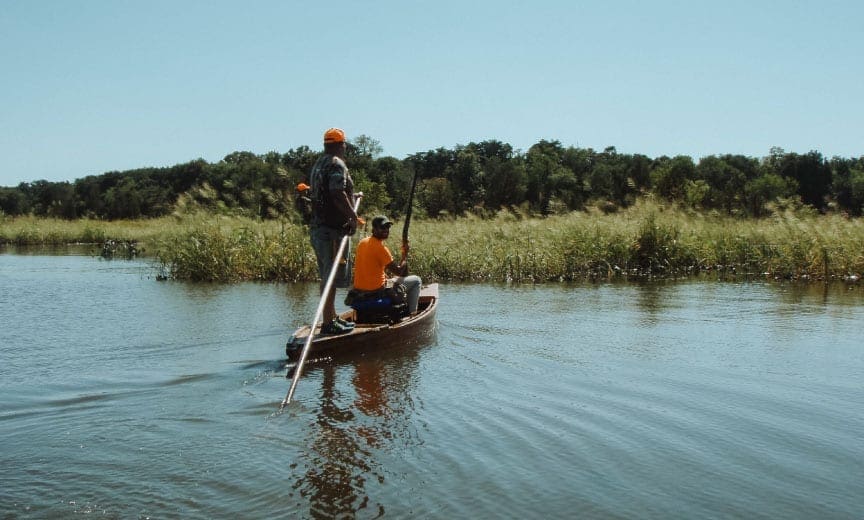
We began the hunt poling along the right side of the marsh paralleling a dike that defined its edge. The inside boats were venturing as far as they would dare toward dry land, and extra effort was visibly needed in the more shallow water. I had the left wing where the poling was easier, and the first birds we jumped seemed to be keeping to, or jumping and flying toward, the dike. Despite not getting any of the first few shots, my colleagues were connecting and there were birds down in short order.
Our group was shooting a mix of small-bore shotguns. I shot a 20-gauge side-by-side with open chokes, while my father shot a 20-gauge auto. Our other companions shot a 28-gauge over-and-under and a .410 pump. For these small birds, light guns are all that is needed and open chokes are a must. Most shots were made at less than 20 yards, and I’d wager some as close as 20 feet.
Slow and ungainly as they are, the rails present some difficult shooting. The rice grows as tall as a man in some spots, making it necessary for both the gunner and guide to stand. Anyone who has ever tried to stand two people in a canoe will note the delicate nature of this proposition. Then add in swinging, and shooting at a quarry, and pushing the boat—it becomes not if someone falls in but when. On this trip, my father’s boat would be the only casualty, and despite the fact that he ended up with wet pants, the prolific shooting kept his spirits up.
The shooting came steadily, with guns trading back and forth for several hours. Each shot was followed with a shout of either “bird down” or “miss,” and each successful attempt was “marked.” Like marking downed American woodcock or other upland birds, being able to successfully recover small birds in thick cover without a dog is a very difficult task. As a visual aid to locating birds, blaze orange markers were thrown, essentially a floating dowel and water bottle combination spray-painted orange. These markers kept track of downed birds while allowing us to focus on other flushes that might occur.
We pushed back and forth across the marsh through short and tall rice, across open water, and through impenetrable patches of bur marigold covered with bees. Sometimes birds were spotted running ahead, and just as quickly lost to sight again as they ducked back into cover. As the hours passed too quickly, I found myself falling into rhythm. Anticipating the forward pushes of the boat, tucking my front foot under the toe board in the boat to help maintain balance, and making some clean shots across the marsh. Our final push of the day produced as much shooting as the first, and we even ended the day by jumping several birds within yards of the moored prams.
After casing guns and settling down for the short ride back to the launch I took a few minutes to reflect on the day. It may not have been the quintessential hunt that folks dream of. It was an opportunity to hunt an interesting species, in a unique environment, with specialized equipment and techniques. And it was sharing another day afield with my father and friends, helping to keep an old tradition alive. Any of those things singly would be reason enough, but all together they certainly make for a once-in-a-lifetime experience, and something that I will never forget.



